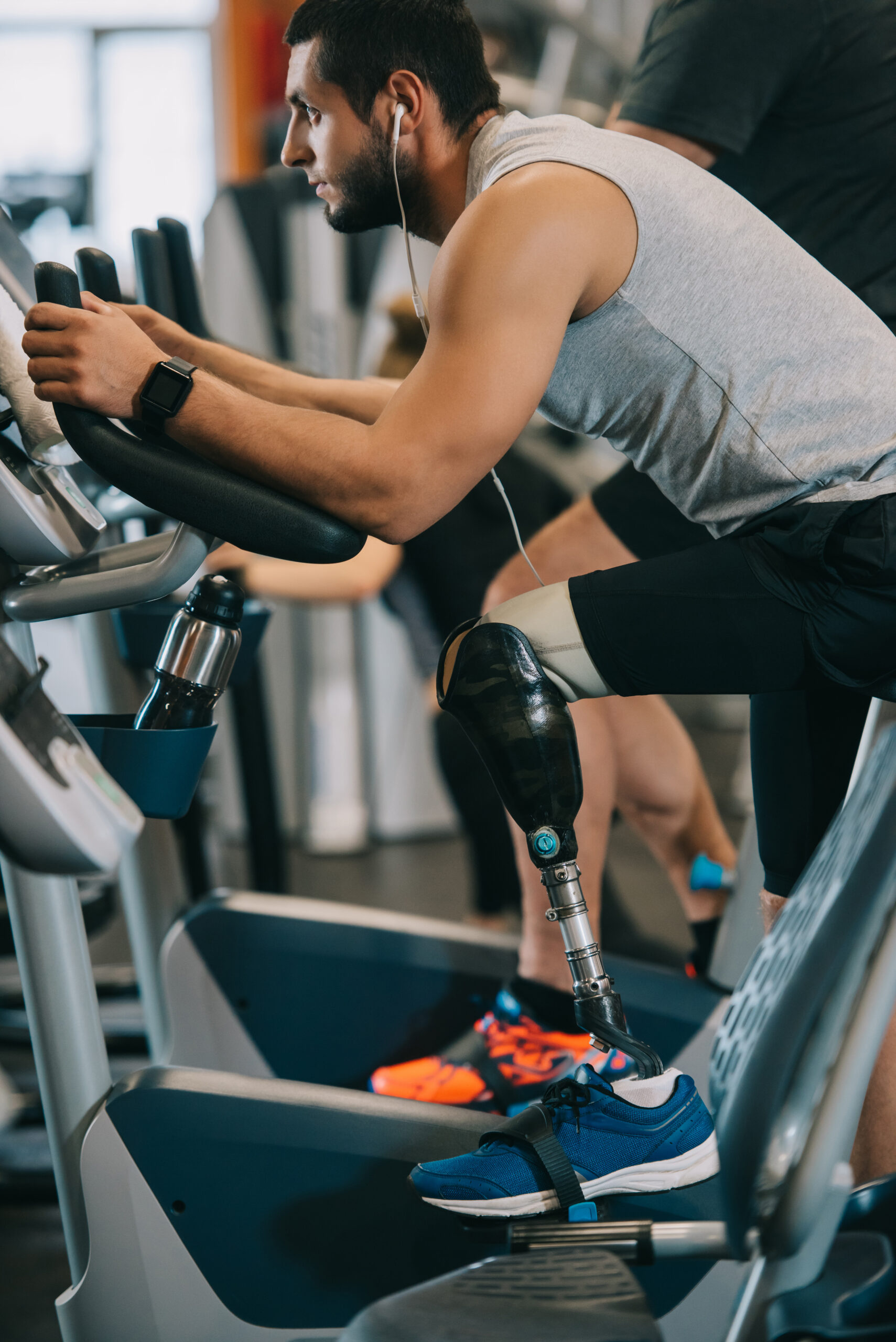Does pain in childhood predict pain at mid-life?
When it comes to chronic pain, the focus is often put on adults, but some children also suffer from it. In fact, according to research published in the March 2021 issue of JAMA, it is estimated that between one-quarter and one-third of children may experience chronic pain, which lasts for at least three months (1). One question researchers set out to explore was if chronic pain in childhood predicts it at mid-life. So does chronic pain in childhood help predict pain in mid-life?
Researchers published the results, including the evidence from the National Child Development Study, in the November 2022 issue of the journal PLOS One (2). The long-term study included data that was collected over the years from people born in the same week in 1958 in Britain. The study collected data from the people 12 times over the years, including when the people reached the age of 44, 55, and 62.
The purpose of the study was to evaluate any association between short-duration pain and chronic pain during childhood and mid-life, defined in the survey as age 44, and subsequent health and well-being later on in life. Some findings point to predictors of chronic pain later on in life. This is true even when one controls for chronic pain during early adulthood.
Some of the key findings from the study include that pain at the age of 16 significantly raises the probability of having it in mid-life. Additionally, they report that those who have chronic pain at mid-life report poorer general health later in life, including depression, poor sleep, and lower life satisfaction. The findings support the idea that the sooner people can manage their chronic pain successfully, the better quality of life they will have as they age.
The researchers conclude that in the United States, there has been an explosion of opioid prescriptions, yet the pain has not subsided. That aside, the study didn’t evaluate any medication use by those with chronic pain.
Increasingly, people need safe and effective ways to help reduce chronic pain, regardless of age. Those who consider this study may find that it’s important information so that people know what may happen later on in life and they can plan accordingly. Others may find that it’s another indicator of the need for a toolbox of modalities that someone can turn to see chronic pain relief.
So does chronic pain in childhood help predict pain in mid-life? The answer is there is a probability
Sources:
JAMA. New WHO Guidelines for Treating Chronic Pain in Children. March 2021. https://jamanetwork.com/journals/jama/article-abstract/2777484#:~:text=Although%20limited%2C%20the%20available%20data,lasting%20more%20than%203%20months.
PLOS One. Chronic pain: Evidence from the National Child Development Study. November 2022. https://journals.plos.org/plosone/article?id=10.1371/journal.pone.0275095







